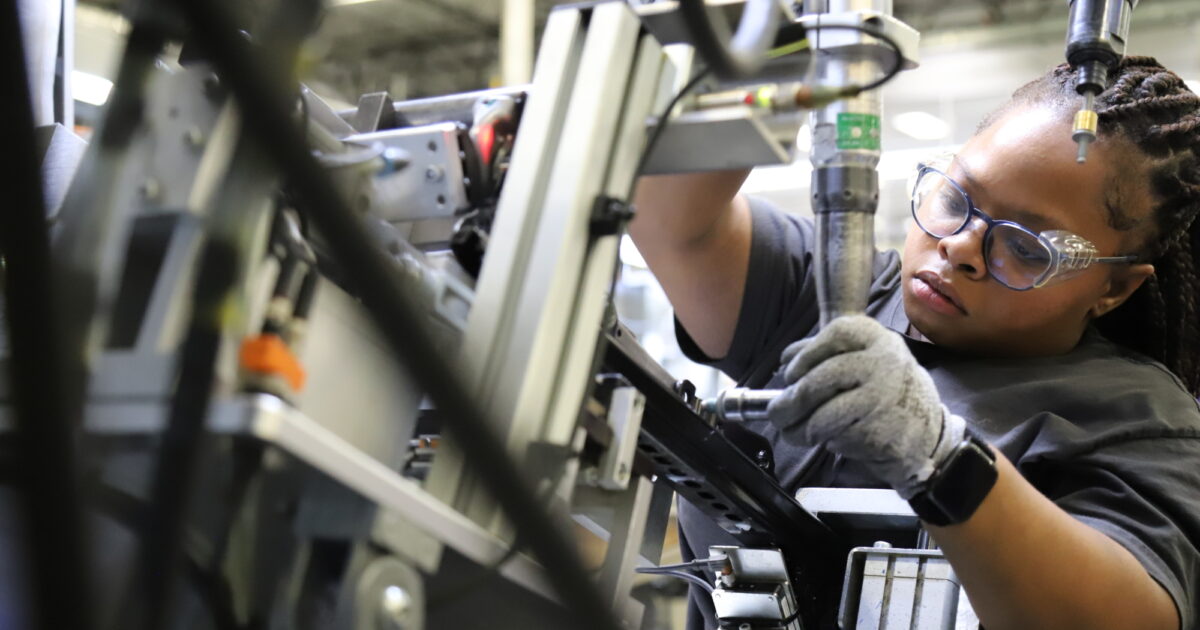(Originally posted on Sep 22, 2021 on the Drishti blog)
Defect rate benchmarks have been evolving in assembly operations for quite some time. Forty years ago, most factories were targeting a defect rate of 5%, but with improved processes and technologies, today’s acceptable defect rate is well under 0.1% — and often, closer to 0.001%. Strikingly, the cost of quality has not decreased for many years and sits at about 10-25% of sales. But why is there no change?
Complexity of units and processes is on the rise: Mass customization
Today’s customers demand a customized, high quality product at low cost. These requirements have led vendors to innovate on both the product and process fronts. The resulting mass customized products have, naturally, become more sophisticated, complex and often expensive. For example, smart chips have often replaced mechanical systems, increasing the sophistication and value of electronics in products.
On the flip side, the industry has been able to eliminate some legacy issues by improving processes and becoming more lean. There are trade-offs: While the Toyota Production System has helped eliminate a lot of waste, assembly lines have become more automated, with the introduction of more expensive robots and technology systems. So, depending on what commodity group you are in, there is a strong possibility that the cost of quality has risen.
A lack of data hinders progress: “If you can’t measure it, you can’t improve it.”
Another driving factor is an absence of measurement and data that has precluded progress. Without the right tools, humans and AI cannot access and process line data to more easily identify abnormalities, perform root cause analyses and address issues before costs stack up.
Rethinking when, how and where quality control happens
Empowering line associates with decision-making capabilities through data insights — making traceability inspection and root cause analysis easier — will bring down quality costs. With line associates spending as much as 30% of their time validating the work of those ahead of them, and with end of line quality inspectors in place, the quality team has, especially on manual assembly lines, focused on using inspection to control escapes.
What if this process could be improved by having frontline associates and machines work together to identify issues, even as the work is being done? Sort of like a spell checker that points out spelling and grammatical errors even as you type the document. For example, when building a $50,000 5G networking card, being able to spot an error and kick the unit out of production immediately can save additional time and effort from being invested in a “dead unit.”
Going beyond inspection, consider closing the design for assembly and manufacturability loop from the plant floor to the engineers — designing-in quality, if you will — based on automatic triggers from the AI system. Enabling team leaders on the floor to rapidly share assembly challenges and insights — analytical and video data supporting the observation — with the engineers in headquarters will close these feedback loops faster and deliver better products and higher margins sooner in the product rollout process.
These fundamental shifts could potentially transform the economics of an entire business; at a minimum, it certainly can free capital to be invested in a new portion of the business rather than being trapped in quality.
Drishti’s thesis: Information is power, and the right information in the hands of the right people on the floor is speed and money. Today, we have the ability to provide this data in real time. So whether an organization has a bottom-up or top-down structure, implementing the issue identification and decision-making ability at earlier points in the manufacturing process empowers line associates and cuts down on the cost of quality. Further, using data at scale to democratize decision making allows for line associates, who have a good sense of where the issues are, to better share areas for improvement across all levels of a factory — making work among line associates, team leaders, engineers, product owners and even company executives more seamless and traceable.
I explored these threads and a lot more with Lisa Meadows, senior site quality manager at Volvo, and Dirk Dusharme, editor-in-chief of Quality Digest, on a recent webinar. For more content of this nature, check out the full video.










